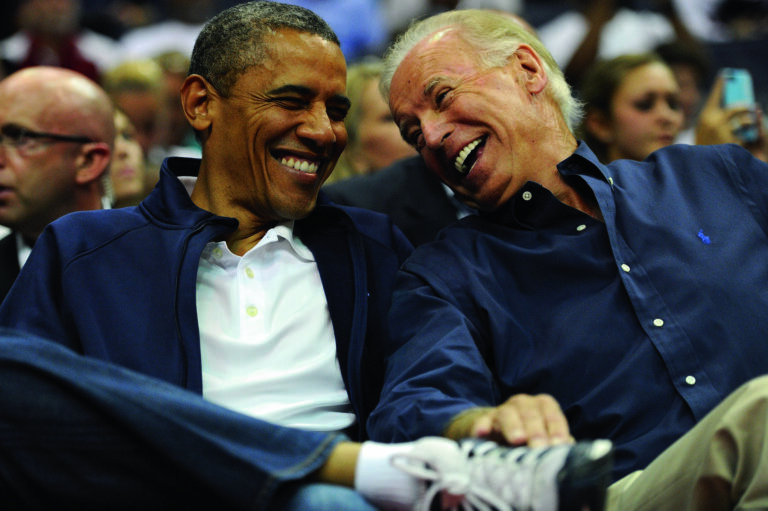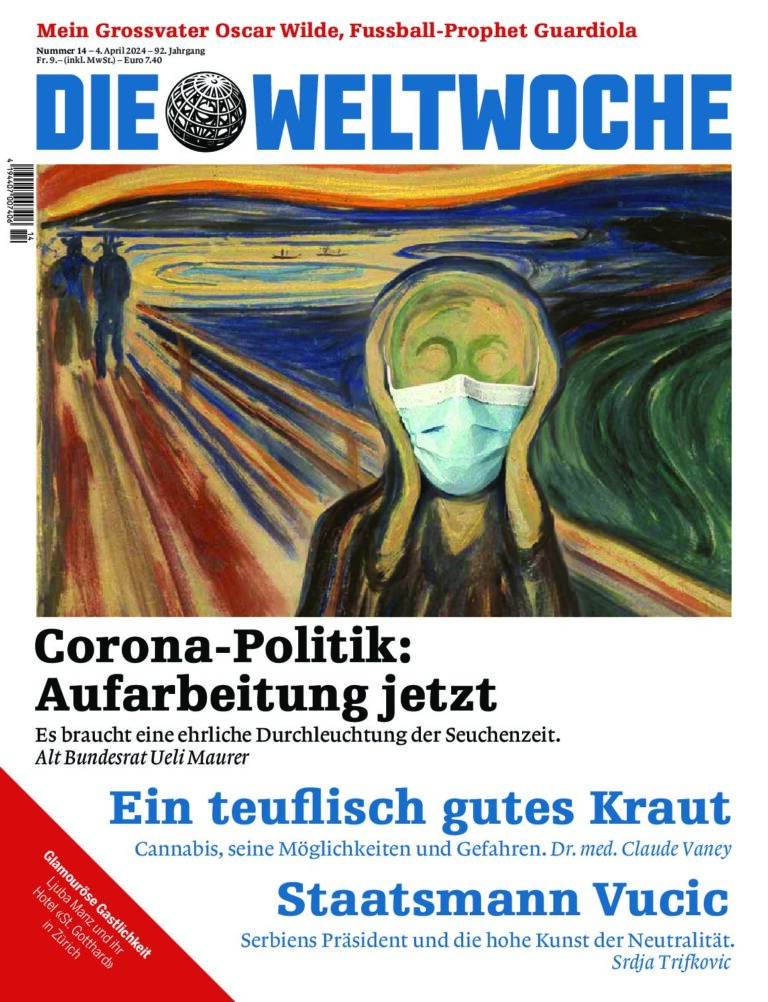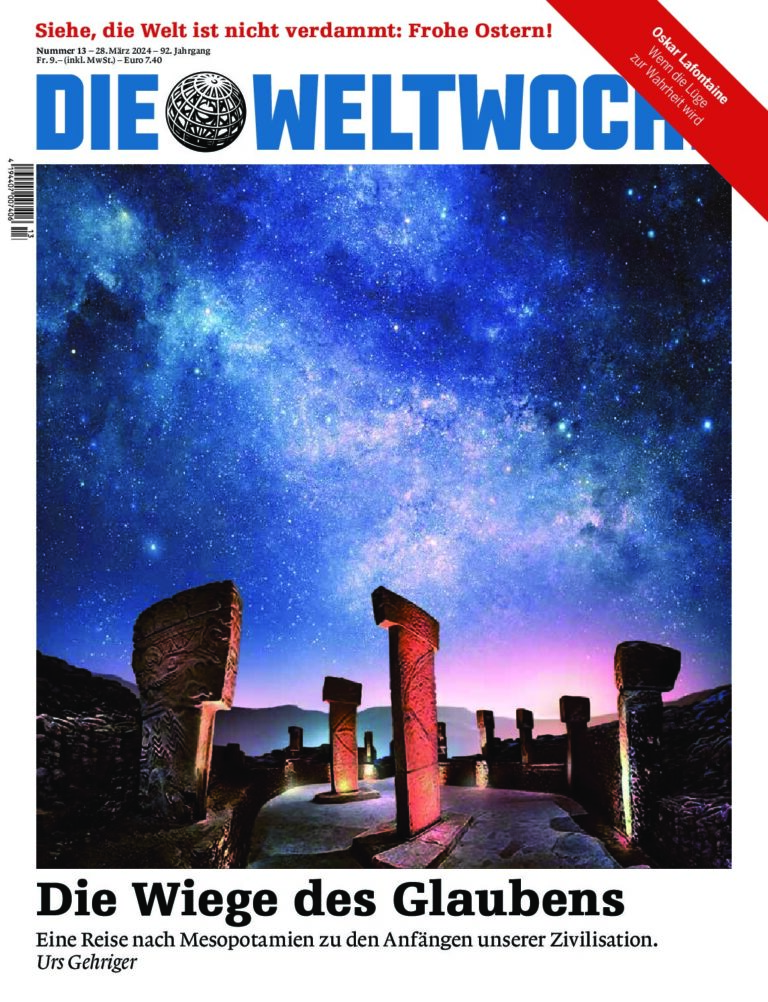

The Potemkin candidate: Joe Biden with Barack Obama, 2012.
Bild: Patrick Smith / Getty Images
In little more than two generations, U.S. Democrats have transformed from the party of workers and the underprivileged into a party of financial and academic elites. How was that possible?
Bitte beachten Sie die Netiquette-Regeln beim Schreiben von Kommentaren.
Den Prozess der Weltwoche-Kommentarprüfung machen wir in dieser Erklärung transparent.









 Christopher Caldwell
Christopher Caldwell